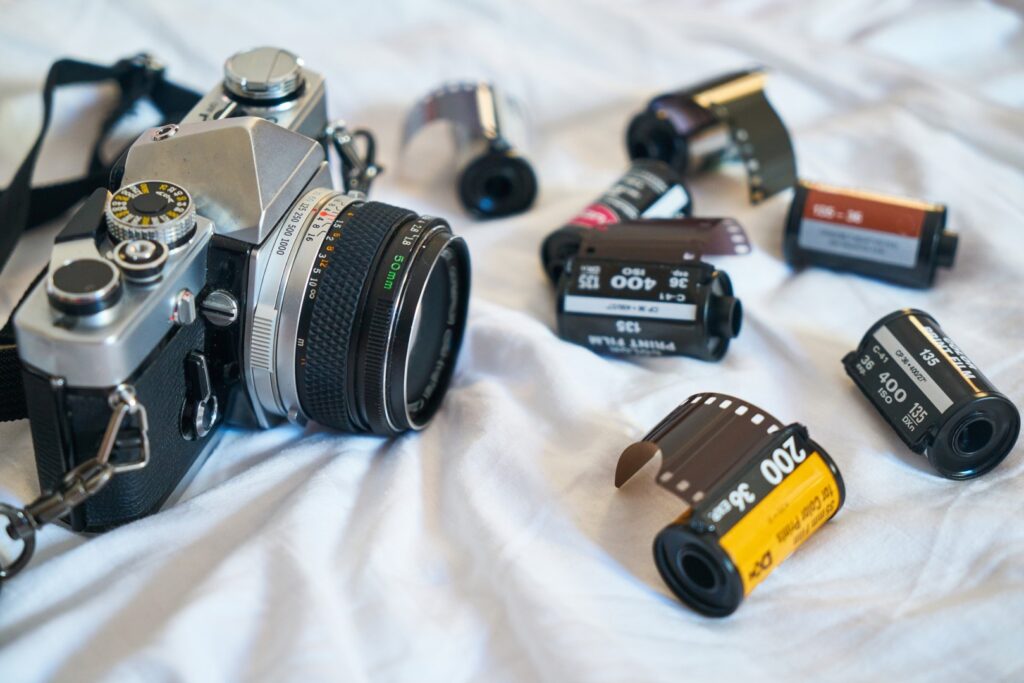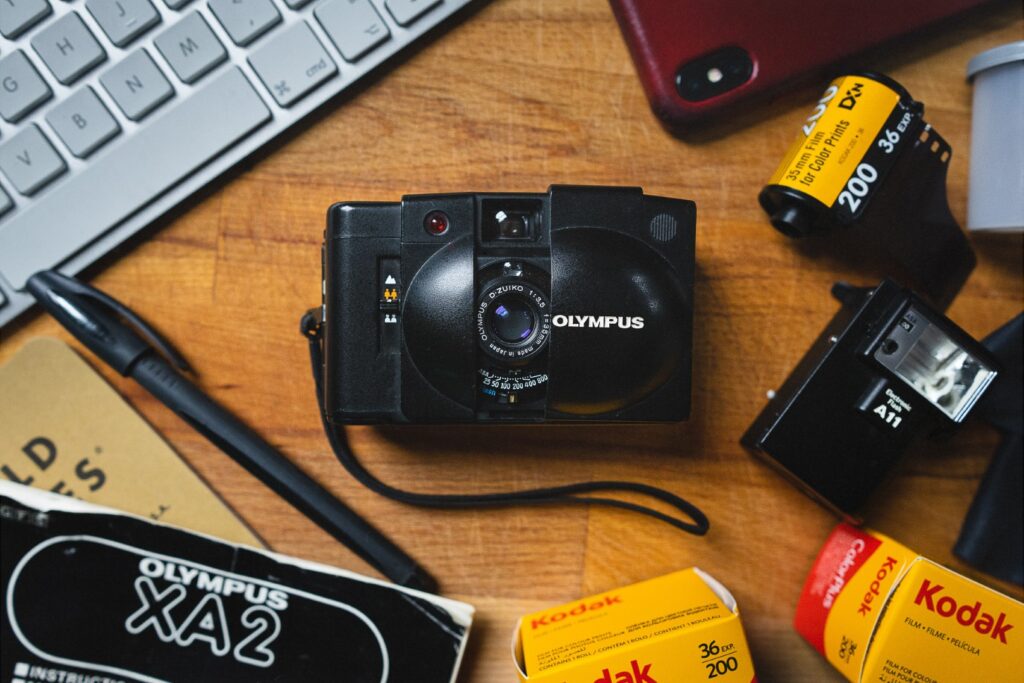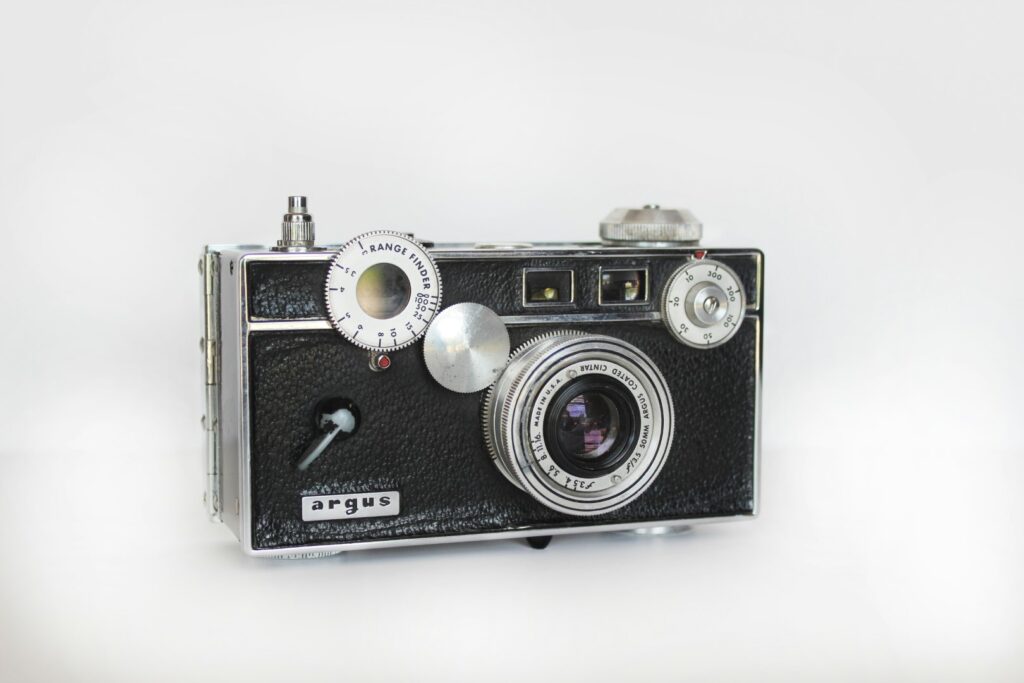For a beginner photographer, the world of film photography can be an intimidating place. With so many types of films available, each with their own unique characteristics, it can be challenging to know which one to choose. As a newbie photographer standing in front of the film aisle, you may feel overwhelmed and unsure about which negative film is the best fit for you. Perhaps you’ve already shot your first roll and are looking to explore more options. With limited knowledge about ISO and film format, you may feel lost in a sea of choices. Don’t worry, though – this blog post will guide you through the process of choosing the right negative film for your needs as a beginner photographer.
Related content that might be relvant:
- All currently available Black and White films
- All currently available Color Negative films
- All currently available Slide films
What do you need to consider when buying film as a beginner?
As a beginner, there are several things you should consider when buying film. Price, availability, and personal preference are all important factors to keep in mind. It’s also essential to remember that trying out different types of film stocks will help you find the one that suits your photography style the best. Considering the ISO rating and film format when purchasing film as a beginner is another crucial topic. Follow along as we’ll dive deeper into these considerations and explore how they can impact your film photography journey.
Which type of film format for a beginner?
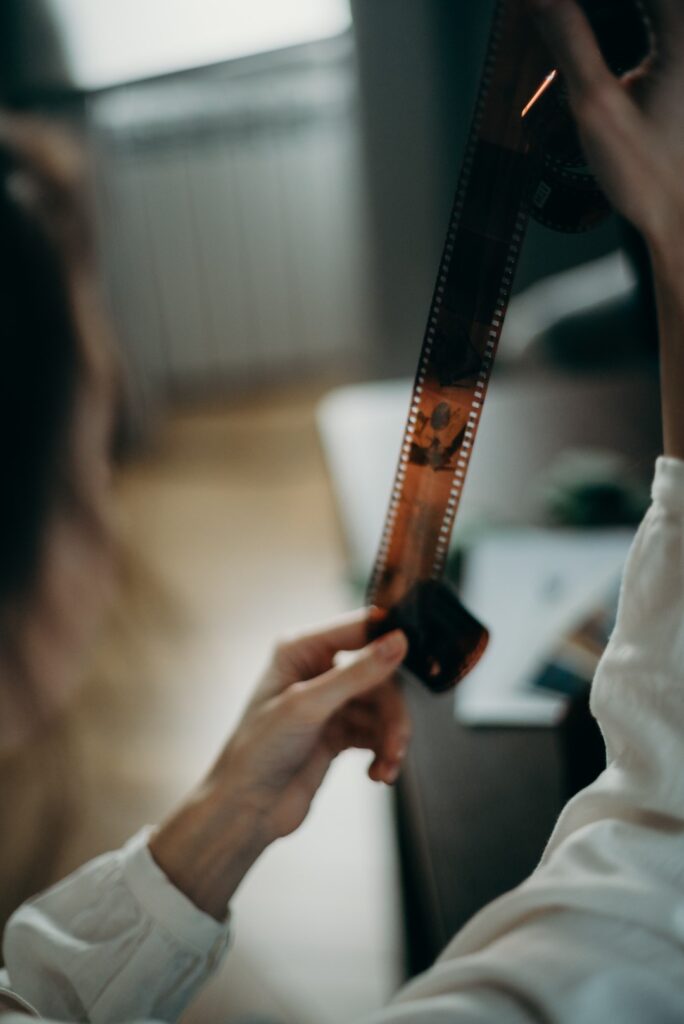
For beginners in film photography, 35mm film is the ideal choice. It trumps larger formats like medium or large format in availability, affordability, and ease of use. The compact size and familiar cassette shape of 35mm film make it simple to load and use in cameras. Most film labs and retail stores readily cater to 35mm film, offering convenient development and scanning services.
While larger formats provide superior resolution and image quality, they demand more sophisticated equipment and are costlier. They’re also bulkier, which is less ideal for photographers who prefer mobility. Starting with 35mm film offers a practical, budget-friendly entry into film photography for beginners.
Color or black and white film as a beginner?
If you’re a beginner in film photography, I generally recommend starting with black and white film. Black and white film is more forgiving in terms of exposure and developing errors, and it can be more affordable depending on the film you buy. Many photographers recommend it because it allows you to focus on the basics of photography, such as composition and lighting, without the distraction of color. However, if you’re drawn to the aesthetics of color film or just don’t like the black and white vibe, there’s no reason why you can’t start with color film. It’s essential to choose the type of film that excites you the most and delivers the visual results you like. Having fun while shooting and experimenting is crucial to achieving better and more consistent results.
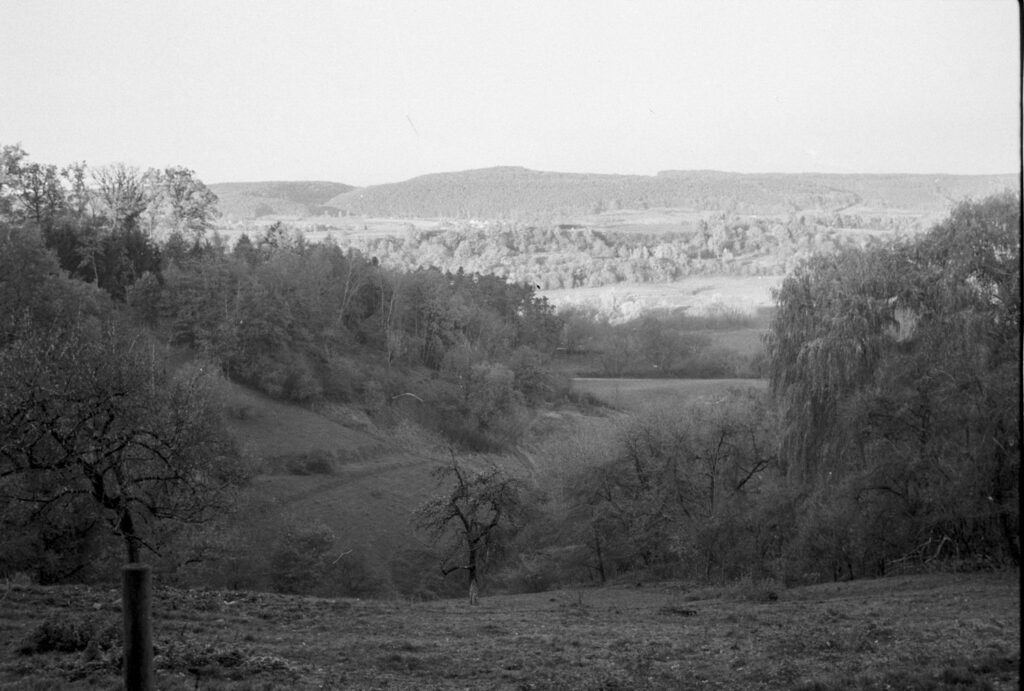
Which type of ISO for a beginner?
The best ISO to start with is either ISO 200 or 400. These ISO speeds are readily available, affordable, and versatile enough to be used in a wide range of situations. ISO 200 film is ideal for shooting in bright daylight or with flash photography, while ISO 400 is more flexible and can be used in lower light situations or to freeze fast-moving action. Compared to higher or lower specialized ISO films, such as ISO 100 or 800, these ISO speeds are more affordable and easier to find. Higher ISO films are more expensive and produce more grain, making them less suitable for shooting in bright light. Lower ISO films, on the other hand, can be too slow to capture fast-moving subjects or in low-light situations, and produce less grain. Therefore, ISO 200 or 400 films are the best choices for beginners, as they strike a balance between affordability, versatility, and grain.
My 35mm Film recommendations
Let’s take a look at my selection of the best-suited 35 mm films for beginners. While I believe that black and white films are ideal for learning film photography, I’ve noticed that most people prefer to start with color because of the classic analog vibe. Therefore, let’s begin by exploring some great color negative options before diving into black and white films. And if you’re unsure, why not get both? That way, you can compare and decide afterwards.
The three best color negative films for beginners
Pick one or more and see what you like best:
Kodak Gold 200

If you’re just starting with film photography and looking for an affordable and reliable option, Kodak Gold 200 is a great choice. This film is known for producing warm and vibrant colors in well-lit conditions, which is perfect for beginners who want to capture beautiful shots without too much fuss. However, it’s worth noting that the film can get grainy and produce cooler colors in low light situations, so it’s best to use it when the lighting is favorable. Overall, Kodak Gold 200 is a solid option for beginners who want to explore the world of film photography and experiment with different shooting styles.


Fujifilm Fujicolor C200
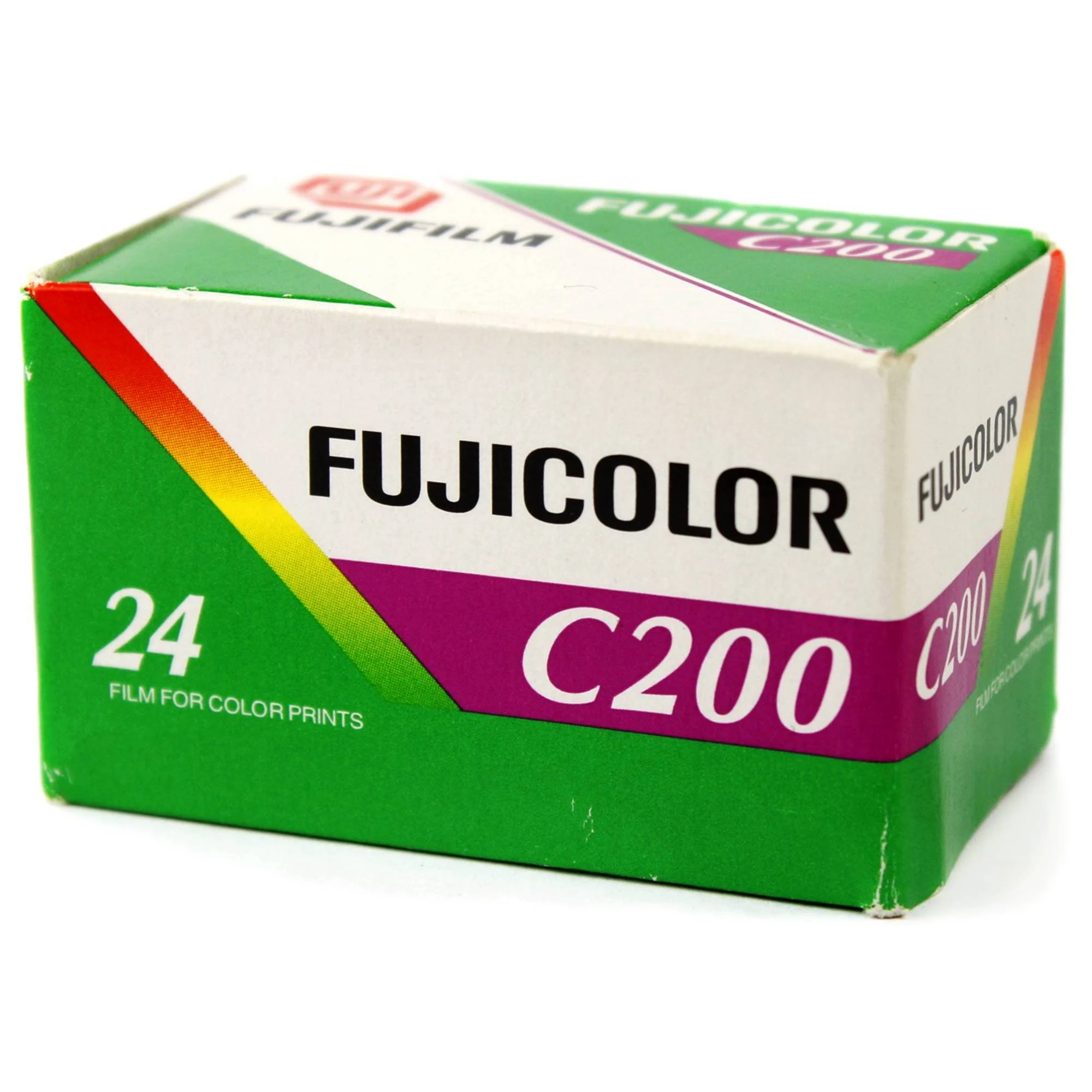
If you’re new to film photography and looking for an affordable option, Fujifilm C200 might be just what you need. It produces vibrant colors with a slightly cooler tone, making it perfect for capturing landscapes, cityscapes, and portraits. When shooting in well-lit situations, the images come out sharp and detailed with minimal grain. However, keep in mind that the film may struggle in low-light or underexposed situations, resulting in more noticeable grain and color shifts. But overall, Fujifilm C200 is a reliable and budget-friendly choice that’s great for everyday shooting and perfect for honing your skills as a film photographer.
Kodak Colorplus 200
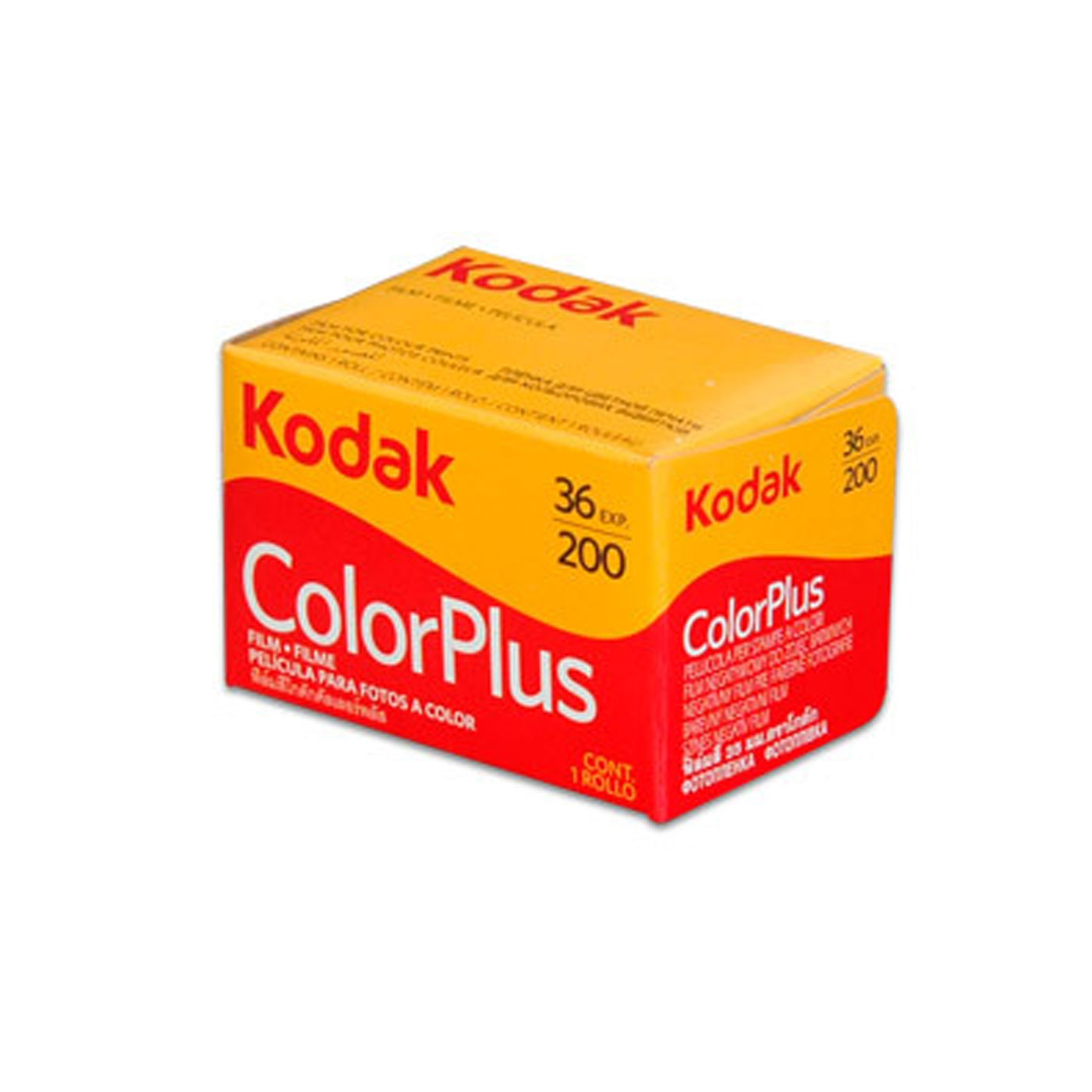
Kodak ColorPlus 200 is a highly popular and reliable 35mm film that has been a go-to choice for many photographers. Its combination of affordability, versatility, and performance make it an ideal option for everyday photography. It is producing vivid and accurate colors and offers a wide exposure latitude.
Kodak Ultramax 400
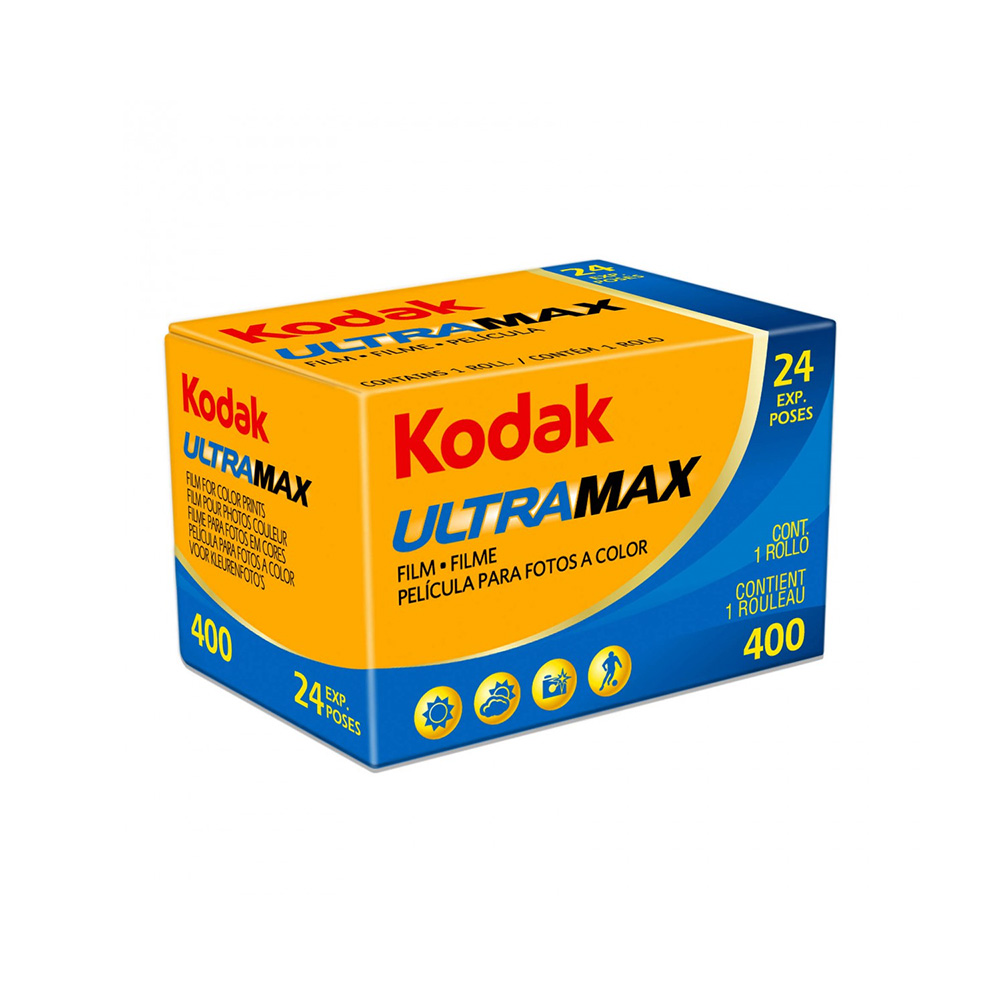
If you’re in search of a film that offers high-quality photos in low-light conditions at an affordable price, then Kodak Ultramax 400 is definitely worth considering. This film produces sharp and clear images with excellent color rendering, resulting in stunning photographs. With its high-speed ISO value of 400, you can capture moments effortlessly without worrying about lighting constraints.
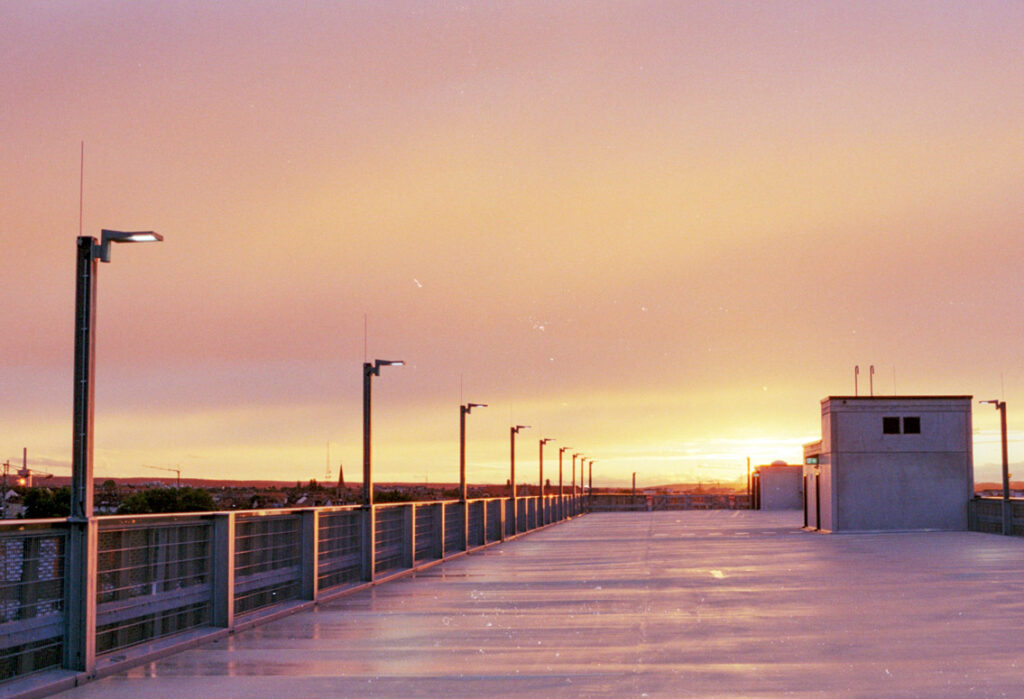
Best black and white films
Lets take a look at beginner friendly black and white options:
Fomapan 400

Fomapan 400 is a well-regarded black and white film that has been appreciated by many photographers for its versatility and affordability. With a high ISO sensitivity of 400, it can be used in low-light conditions and for fast-moving subjects. Its good contrast and wide tonal range make it a popular choice for high-contrast scenes and capturing details in both light and dark areas of an image. However, some photographers may find its noticeable grain and potential for scratches to be drawbacks, and it may not be as widely available as other black and white films. Nonetheless, for those on a budget and any film photography beginner who likes to experiment with different development methods, Fomapan 400 is a great choice.
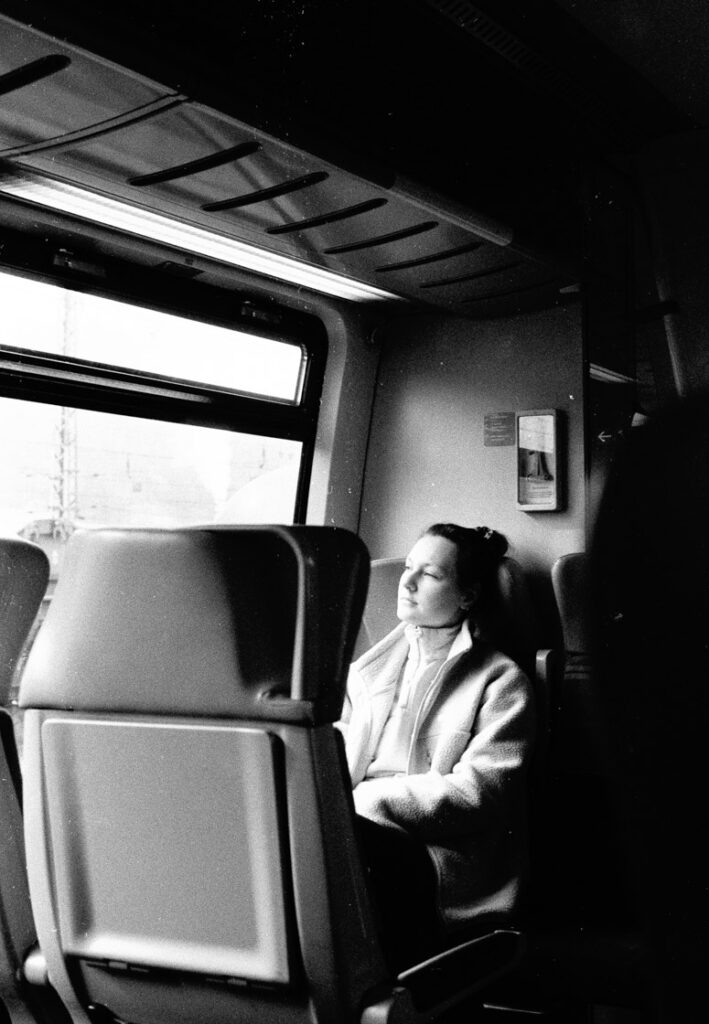
Kodak Professional Tri-X 400

Kodak Professional Tri-X 400 is a versatile and classic black and white film with a high ISO sensitivity of 400, making it a great choice for low-light conditions and fast-moving subjects. It produces images with rich contrast and deep blacks, but its noticeable grain may not be appealing to everyone. Nonetheless, it’s a reliable and flexible film that can deliver impressive results when handled correctly, making it a great choice for beginners who want to capture classic black and white images and experiment with different development techniques.
Ilford HP5 Plus
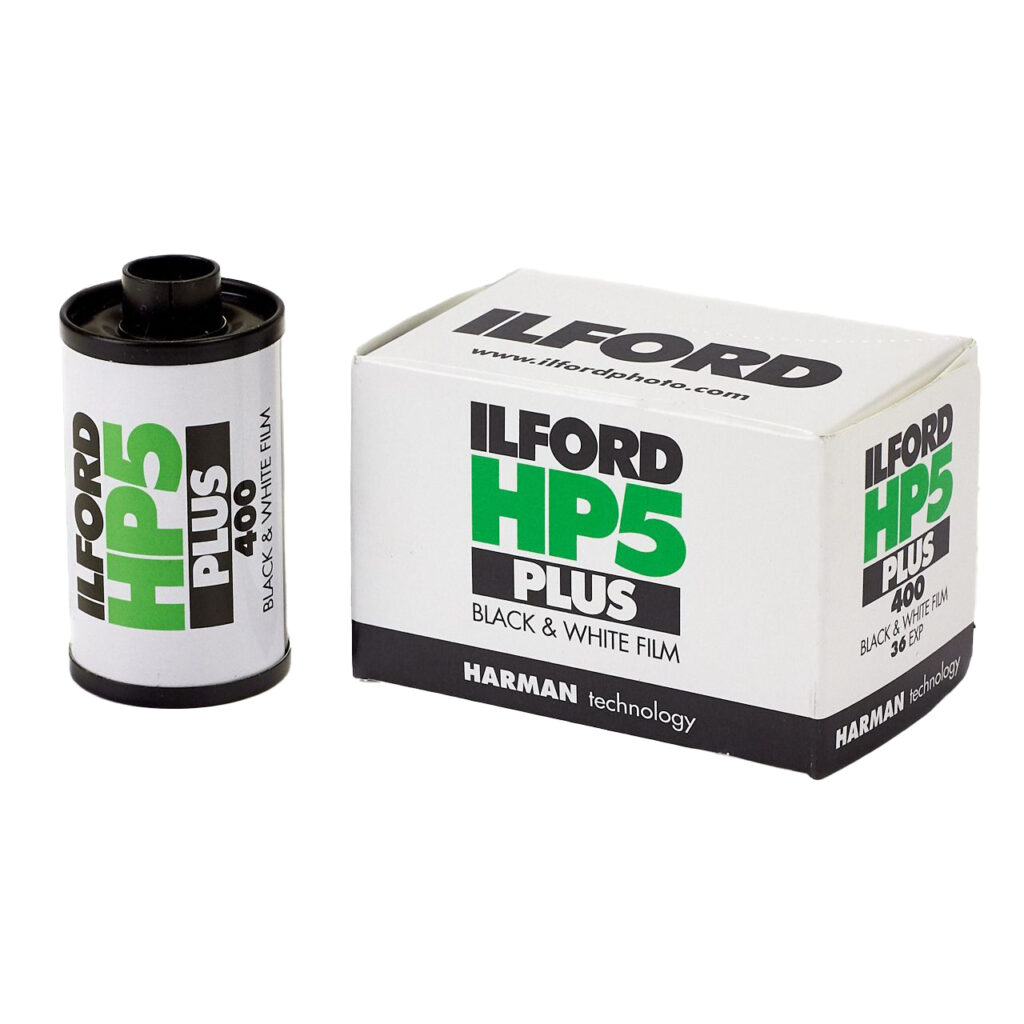
Ilford HP5 is a beloved black and white film that has been around since 1935. It has a slightly larger grain structure than modern films, giving your photos a vintage look. The film is forgiving and has a wide exposure range, making it great for beginners and for difficult lighting situations. It can also be pushed and pulled to achieve great results. HP5 is not particularly contrasty, but captures lots of information in shadows and highlights, allowing for flexibility in editing. It comes in 24 or 36 exposures, and is affordable, making it a popular choice among film photographers. Overall, HP5 is a versatile and flexible film that is loved by both beginners and professionals.

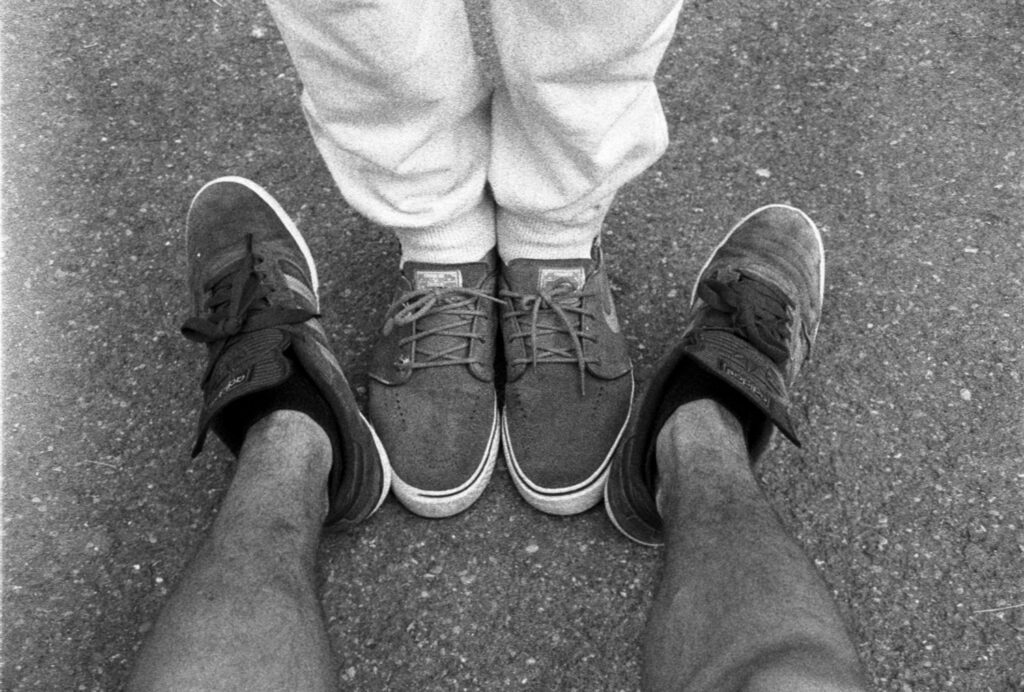
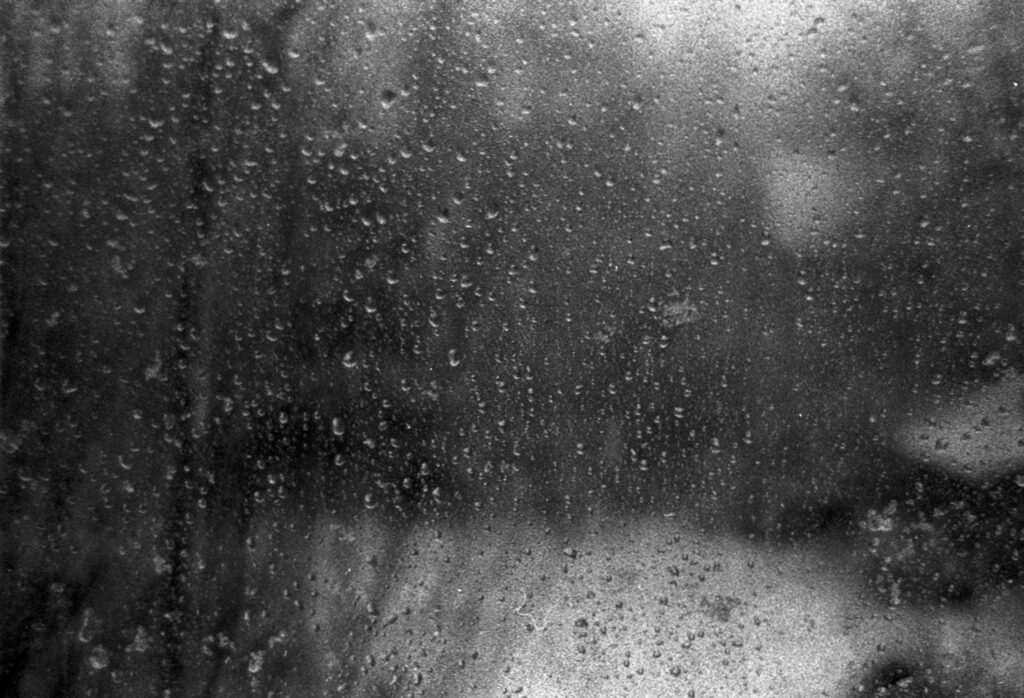
Final Thoughts
If you’re new to photography, choosing the right film can be overwhelming. However, it’s not as complicated as it seems. With a bit of research and experimentation, you’ll find the perfect film that matches your style and budget. 35mm film is a practical and affordable option for beginners, and it’s best to start with ISO 200 or 400. Black and white film is ideal for those starting out because it enables you to concentrate on the basics of photography, such as lighting and composition, without the distraction of color.
Remember, it’s all about taking risks, having fun, and exploring your creative vision. Don’t be afraid to try out various films and shooting techniques. Get out there and start capturing amazing images with the right film stock.

